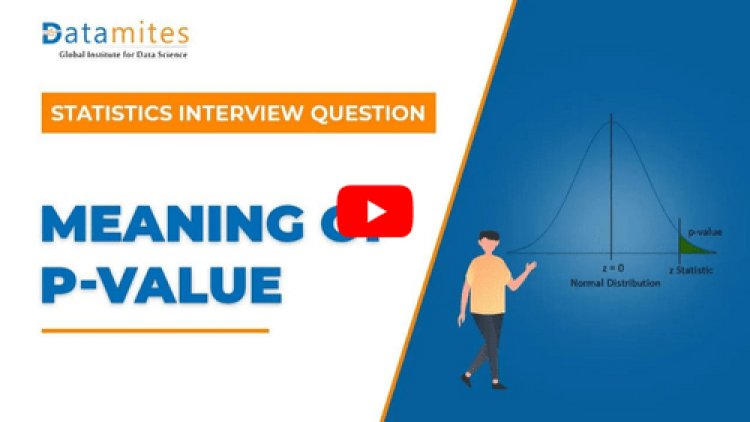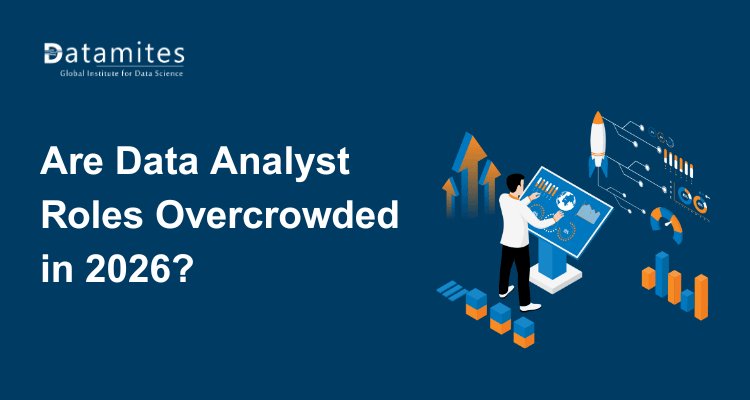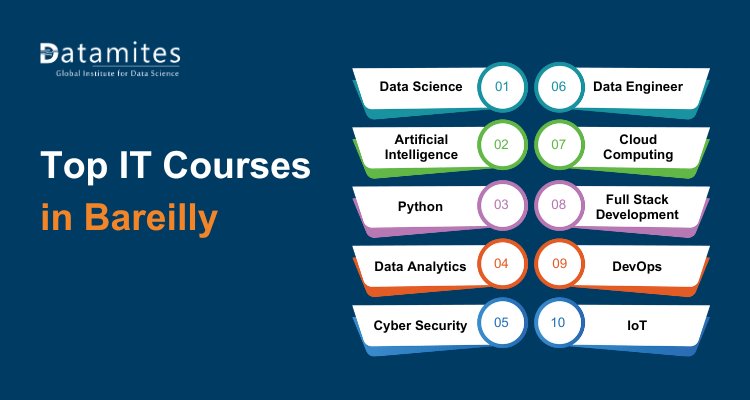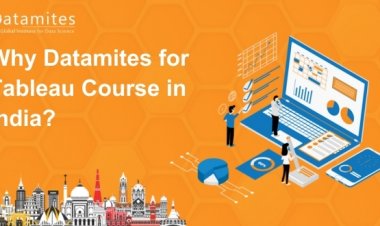What are Structured Data and Unstructured Data?
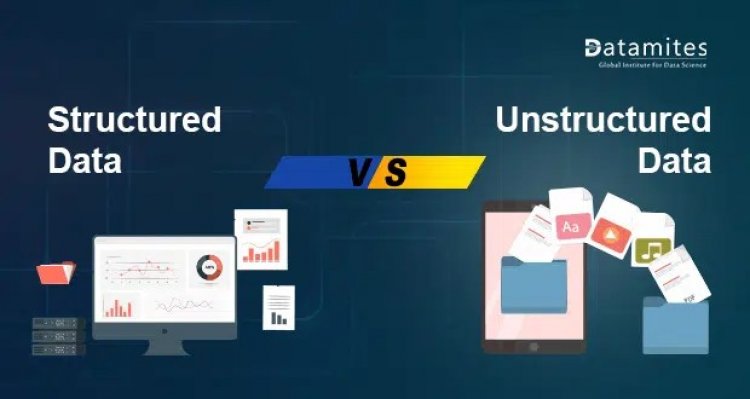
Data are beneficial for making business decisions to grow business. And nowadays companies and people are producing a huge amount of data through text, social media, reviews, IoT sensors, etc. and companies are trying to use it in a better way to understand customers.
Data are grouped into two divisions:
- Structured data
- Unstructured data
Both data types are very useful depending on the application. There is no such superiority between them. In this blog, we will have a brief introduction to these types.
1. Structured Data
In layman’s terms ‘structured data’ is data, that has rows and columns. We store this in tabular format so, this has a defined framework to store data, which gives excellent ease of access. Traditionally companies and people are using this in day-to-day activities.
Structured data is quantitative data. Data is in the form of numbers and values. Relational database management is useful in this case.
Data in this type can be easily located and updated manually or by using some algorithms. So, structured data is well-organized and accurately formatted. Structured data exists in a format of relational databases, which means the information is in rows and columns that are connected, so it can be easily found and processed.
If data fits within the structure of relational database management systems, we can easily search for information and use what is required. This kind of data is useful for specific applications or purposes. On top of that, structured data normally require less storage space. However, if you want to make changes in the way data is stored you need to change RDBMS.
If you want to do an analysis, you can use data warehouses. Data warehouses are central data storage used by companies majorly for data analysis and reporting.
The programming language ‘SQL’ is used for handling these relational databases and warehouses, which stands for Structured Query Language.
Refer this article to know: Support Vector Machine Algorithm (SVM) – Understanding Kernel Trick
1.1 Examples of Structured Data.
Most of us dealing with structured data in day-to-day life may be through Google Sheets and Microsoft Office Excel files. These two are the most common and widely used structured data examples.
This data can comprise both text and numbers, such as storing employee names and details, records of ZIP codes and addresses, credit card numbers, Ticket reservations and bank transactions, etc.
Read this article: A Comprehensive Guide to K-Nearest Neighbor (KNN) Algorithm in Python
1.2 Structured Data Use Cases:
While booking online we have limited and fixed booking data like places, prices, dates, number of people, etc. this fit into a standard data structure arranged in rows and columns.
Any ATM is also of how relational databases work. Here the actions that we can do follow a pre-defined structure.
Inventory control systems companies also use predefined frameworks however, this framework may be different for different companies.
Various businesses and institutions are required to process and record massive volumes of financial transactions. As a result, they rely on standard database management systems to maintain structured data.
Also Read this article: What is a Support Vector Machines(SVM) in Python?
2. Unstructured Data
As the name suggests this type of data is not organized, it’s the opposite of structured data and cannot be stored in a defined framework. This data contains texts, images, audio, videos, etc.
Unstructured Data is stored in its original formats unless and until it is required because it is not structured in a pre-defined way like structured data.
The thing with unstructured data is that traditional methods and tools cannot be used to analyze and process it. However, approximately 80% of data is stored in this unstructured fashion. Because of this unstructured fashion, we can store different formats of data. One of the popular methods to manage unstructured data is to opt for non-relational databases standing for ‘NoSQL’. A data lake is like a storage container whose main function is to store a huge amount of data in its original formats.
At the same time, it is difficult to gain insights from this huge amount of data because of the unorganized way. This is indeed a challenging aspect of unstructured data.
Role of Statistics in Data Science
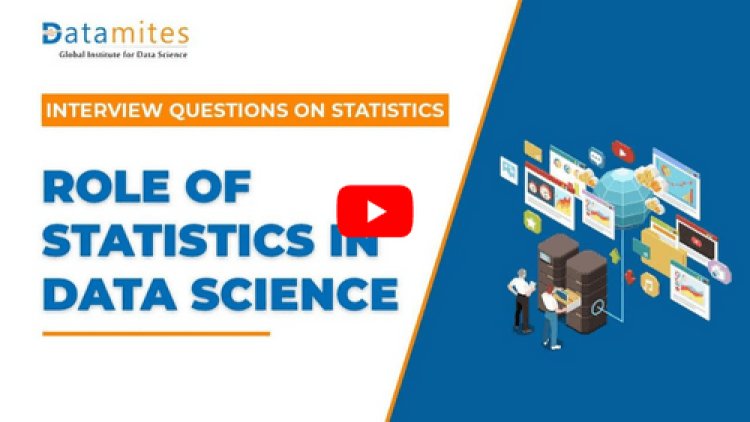
2.1 Examples of Unstructured Data
Nowadays, there is a huge source of unstructured data like email, text files, social media, video, images, audio, sensor data, etc.
If we look at posts on any social media platform, we can make out the structured data from posts through information like comments, shares, and likes but that post itself is a form of unstructured data.
Like posts from social media, we can handle unstructured data to get insights from it. But it will need special software, and knowledge to do so. If the digital marketing team wants to know how their target audience reacts to posts and content on social media, they need to go through the original format of the post and use techniques like sentiment analysis.
2.2 Unstructured Data Use Case
- Sound Recognition: Alexa and Siri are the best examples of sound recognition. It processes the sound of the user and responds accordingly.
- Image Recognition: Traffic cameras use image recognition to monitor traffic rules.
- Text Analytics: In the recruitment process scrutinizing applicants is mainly done by text analytics tools to find the best candidates to match requirements.
- Digital Marketing: To reach the maximum potential audience digital marketing uses different images, audio, videos, and banners.
| Structured data | Unstructured data |
| Predefined framework | No predefined framework |
| Contains text, numbers | Contains text, image, audio, video |
| Relational database management systems | Non-relational database management system |
| Data warehouse | Data warehouse and Data lake |
Being a prominent data science institute, DataMites provides specialised training in topics including machine learning, deep learning, artificial intelligence, the internet of things. Our python Courses at DataMites have been authorised by the International Association for Business Analytics Certification (IABAC), a body with a strong reputation and high appreciation in the analytics field.
ANCOVA – Analysis of Covariance

What is meant by P-value?
